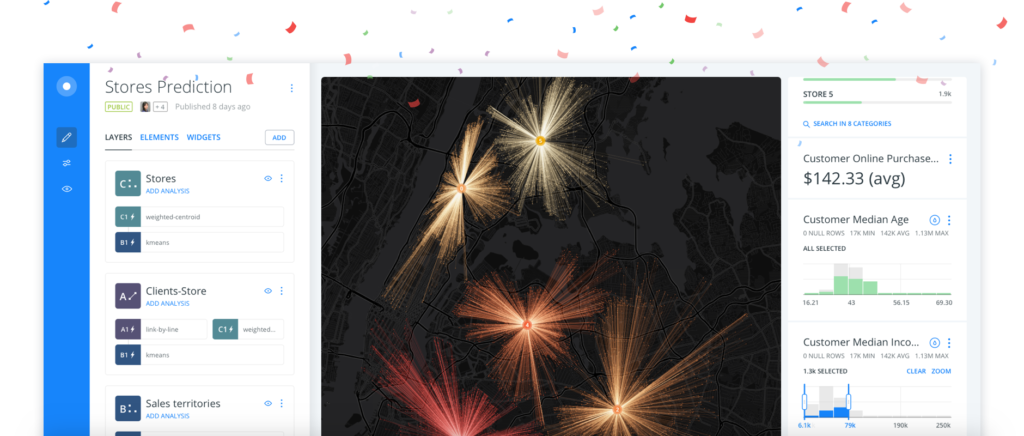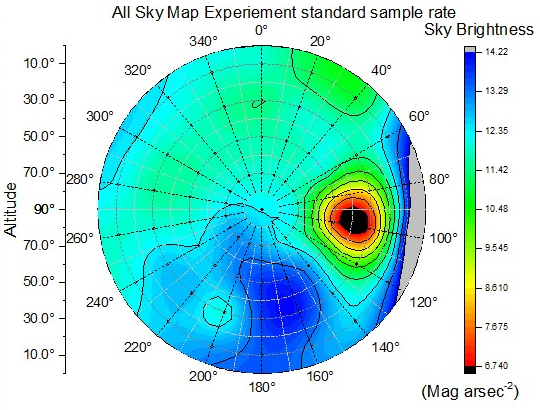
CartoDB rebrands to Carto and makes mapping even easier with new tools

CartoDB is one of our favourite mapping companies. Together with Mapbox, CartoDB revolutionized the way that we do interactive online maps. It gave maps back to the people and democratized online cartography. Yesterday the company announced a new product followed with a quiet rebrand.
The new CARTO Builder is an online drag and drop, WYSIWYG platform that allows you to easily build map-based dashboards for location data analysis. It’s simple, awesome and it doesn’t require any coding which was a problem for many ‘nondev’ users that could not utilize the full capabilities of the service. The aim of the new platform as well as the vision of the company is to make mapping easier and more accessible to everyone not only to developers.

From the brand perspective the CartoDB suggested maps “Carto” and databases “DB” that subconsciously brings coding connotations. Removing the “DB” makes it feel more user-friendly even if you can’t write a line of code. Carto has opened an early access program for Carto Builder on July 7 but the product will live alongside the existing CartoDB Editor for a few months, with the aim to be eventually phased out. I guess that this is why the rebrand is rather quiet.
Great job Guys! We love the new logo!





